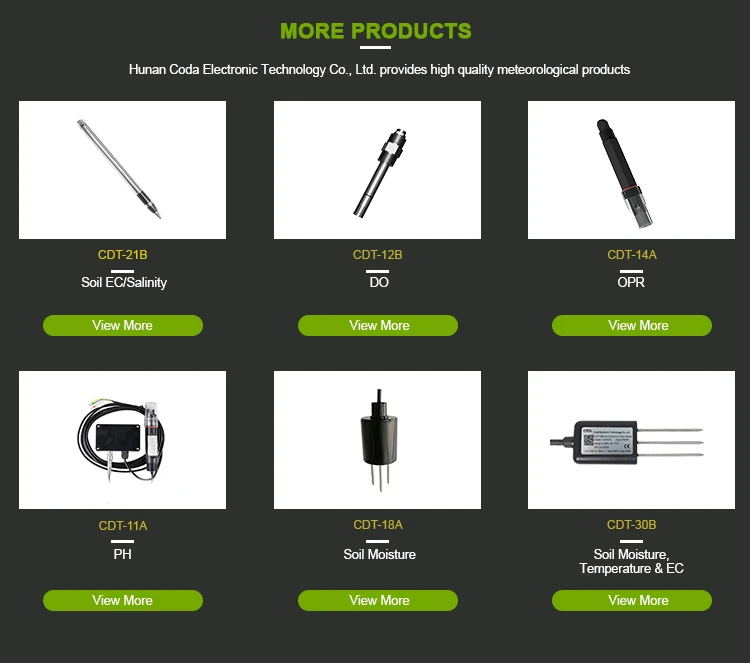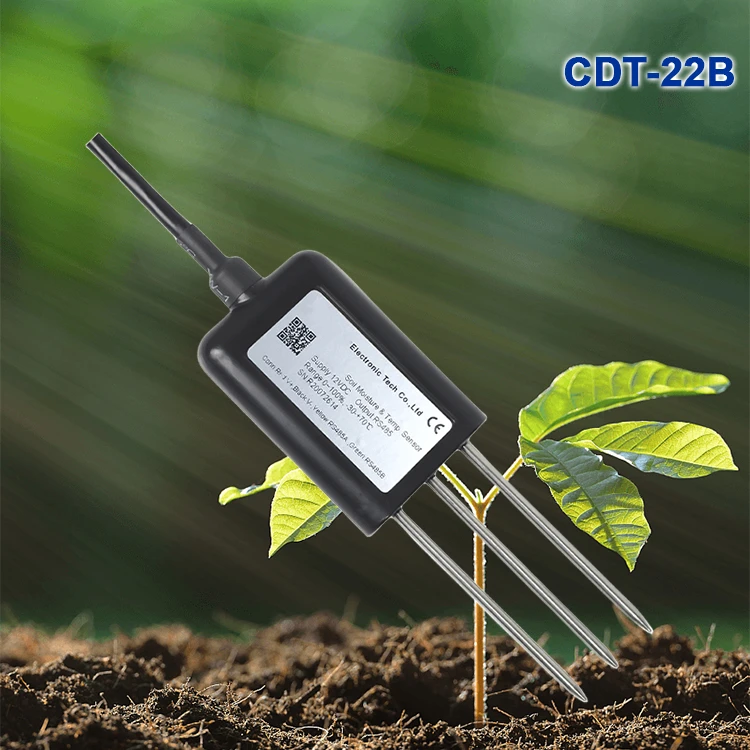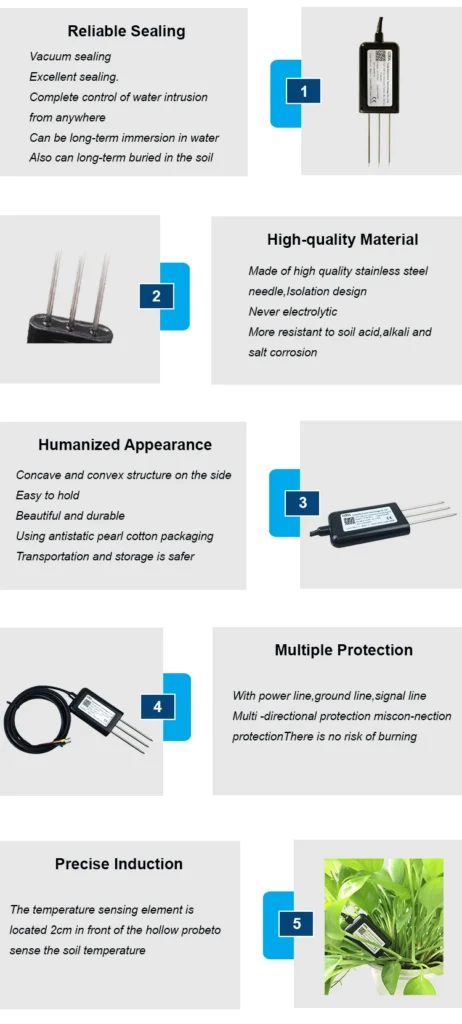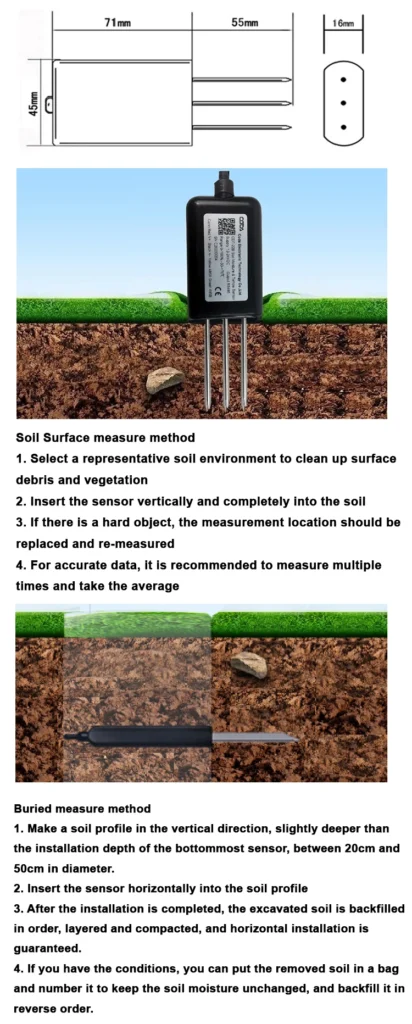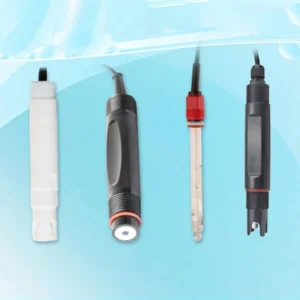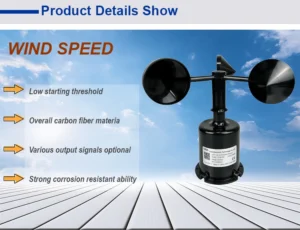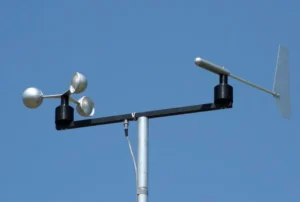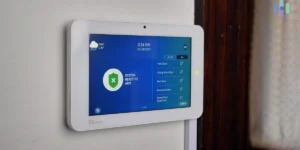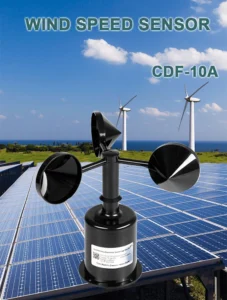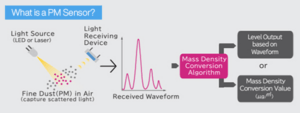Soil Moisture Sensor RS485 Datasheet
In agricultural science and technology, precision agriculture is becoming more popular. At its heart, precision agriculture depends on accurate soil monitoring.
A key tool in this area is the *Soil Moisture Sensor.* This article looks at its RS485 communication protocol. It also includes a detailed datasheet to help you understand this technology better.
What is a Soil Moisture Sensor?
A Soil Moisture Sensor is a tool that measures how wet the soil is. It goes deep into the ground and collects data in real time.
It then turns this data into clear signals. It uses methods like conductivity, capacitance changes, and frequency reflection. This data is important for improving irrigation, optimizing crop conditions, and reducing risks like drought and waterlogging.
What is an RS485 Soil Moisture Sensor?
An RS485 Soil Moisture Sensor uses the RS485 communication method. This sensor is resistant to interference and has a long range. It can also connect with multiple points at the same time.
These features help it monitor soil moisture well. The RS485 protocol provides stable and reliable data transfer. This makes it great for checking soil conditions, even in tough environments.
Advantages of RS485 Soil Moisture Sensors
1. **Extended Transmission Distance**
The RS485 protocol allows users to send data up to 1200 meters. This is useful for large areas like farms and forests.
2. **High Resistance to Interference**
In places like farms, the sensor can deal with electromagnetic interference. This helps it send data clearly and without interruption.
3. **Multi-Sensor Connectivity**
A single RS485 network can connect many sensors. This helps collect data from different points. It also lowers wiring and installation costs.
The RS485 Soil Moisture Sensor works well in tough farming conditions. It allows you to monitor and manage data from a distance. This efficiency makes it a key tool for better precision agriculture.
Application Scenarios
The RS485 Soil Moisture Sensor is used in many types of landscapes and soils. Here are some common uses:
– Agricultural irrigation systems
– Greenhouse cultivation
– Scientific research experiments
– Water-saving irrigation setups
The sensor gives accurate and stable data. This helps with automated controls and improves resource use. It benefits both users and ecosystems.
Soil Moisture Sensor Datasheet Overview
To help you understand and choose the RS485 Soil Moisture Sensor, we have prepared a detailed datasheet. Here are some key points you will find in the datasheet:
– Technical specifications
– Measurement principles
– Installation guidelines
– Maintenance tips
– Compatibility details
This datasheet is a helpful guide for using the sensor in different agricultural applications.
